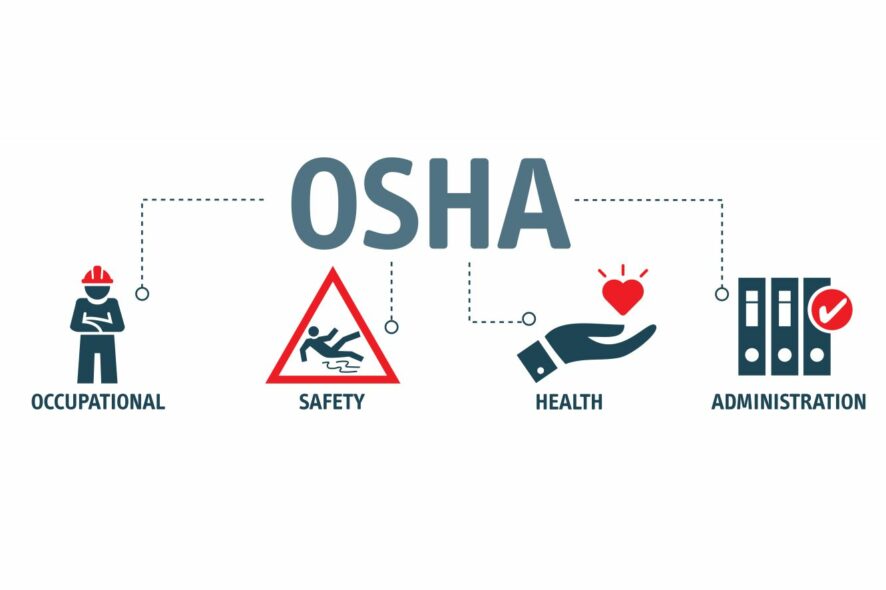U.S Department of Labor’s Occupational Safety and Health Administration (OSHA) announced a proposed rule to amend its recordkeeping and improve workplace safety and health via improved tracking of workplace injuries and illnesses.
OSHA claims the rule changes will empower it to improve workplace safety and health by:
- allowing OSHA to use its resources more effectively by better enabling the agency to identify workplaces where workers are at greatest risk from specific hazards, and to target its compliance assistance and enforcement efforts accordingly;
- improving the ability of employers to compare their own injury and illness data on hazards with the data from similar establishments in the same industry;
- improving the ability of stakeholders to make more informed decisions using recent establishment-specific, case specific, injury/illness information; and
- improving research on occupational safety and health.
The proposed regulation will eliminate the requirement that large establishments, with 250 or more employees, electronically submit the establishment’s OSHA Form 300(Log of Work-Related Injuries and Illness) and Form 301 (Injury and Illness Incident Report) annually and only be required to submit the 300A Form (Summary of Work-Related Injuries and illnesses) on an annual basis. The new proposal maintains existing requirements for establishments with 20 to 99 employees in certain industries to submit information electronically from their OSHA Form 300A annual summary once a year. OSHA also proposes to update the classifications system used to determine the list of industries covered by the electronic submission requirement, and to require establishments to include their company name when submitting information to OSHA.
Background:
OSHA’s regulations on recording and reporting occupational injuries and illnesses were first issued in 1971. These regulations require the recording of work-related injuries and illnesses that involve death, loss of consciousness, days away from work, restricted work or transfer to another job, medical treatment beyond first aid, or diagnosis of a significant injury or illness by a physician or other licensed health care professionals.
Collection of these injury and illness data will improve OSHA’s ability to identify establishments that experience high rates of occupational injuries and illnesses. OSHA will use the data to interact with these establishments, through both outreach and enforcement initiatives, with the goal of reducing injuries and illnesses. This regulation will improve the accuracy of this data by ensuring that workers will not fear retaliation for reporting injuries or illnesses.
Employers also get benefited if the rule goes into effect as proposed so that OSHA would be able to keep closer tabs on illnesses and injuries in the workplace. The data submitted also available under Freedom of Information Act to the general public.
If rule is adopted in its current form, employers will need to be extra cautious when drafting their Form 301A, 300 and 300A. All three types of documents will scrutinized. If COVID-19 cases and other illnesses continue to affect employers, for example, OSHA conceivably would have the ability to use this data for future rule-making relating to infectious disease regulations.







